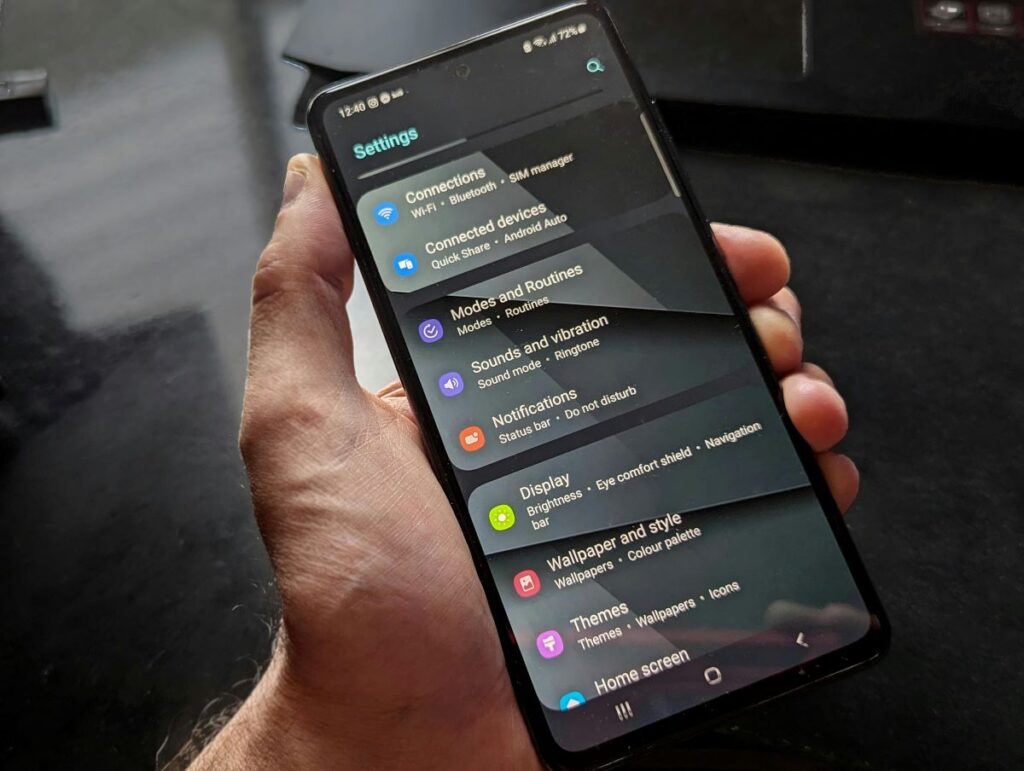I always assumed I had a “normal” relationship with my phone. I didn’t feel addicted, and I told myself I was “too busy” to be wasting time. But when I decided to track my screen time for a full 30 days, reality hit harder than expected. The stats were alarming—but what truly changed me was what those numbers revealed about my habits, attention, and well-being.
Here’s what I learned—and why I think everyone should try it.
I Wasn’t as “Busy” as I Thought
Before the experiment, I often complained about how little time I had. I blamed work, chores, and life’s never-ending to-do list. But when I saw I was spending 3 to 4 hours per day on my phone (and sometimes more on weekends), I realized I wasn’t short on time—I was spending it mindlessly.
Apps like Instagram and YouTube weren’t just filling small breaks; they were eating up entire hours. Once I saw the daily total, I couldn’t unsee it. It made me rethink every time I said, “I don’t have time to read/exercise/clean.” I did have time. I just wasn’t using it well.
Notifications Were Controlling Me

One of the first patterns I noticed was how often I picked up my phone for no real reason. A notification buzzed—I checked it. An app badge appeared—I clicked it. Even without any external trigger, I would habitually swipe and scroll just because my brain was looking for stimulation.
After a week, I turned off all non-essential notifications. No more pings from group chats, social apps, or random email updates. My screen felt quieter, and so did my brain. It was shocking how much calmer I felt just by removing those tiny interruptions.
Downtime Didn’t Have to Mean Screen Time
I used to think that reaching for my phone was a way to relax. But I realized it wasn’t actually recharging me—it was just numbing me. When I took short walks, listened to calming music, or even just stared out the window for a few minutes, I felt more refreshed than I ever did after 30 minutes of TikTok.
Replacing some of my screen time with intentional rest (like journaling, stretching, or just sitting quietly) gave me a sense of real pause—and helped me feel less drained by the end of the day.
Small Limits Make a Big Impact
I didn’t go full digital detox. But I did set app timers—30 minutes per day for social media, and 10 minutes for news apps. At first, I hated the restrictions. But within a few days, I noticed I was scrolling more purposefully. Instead of getting lost in the endless feed, I’d check in, get what I needed, and move on.
It wasn’t about being rigid—it was about building awareness. And it worked. I reduced my weekly screen time by over 10 hours by the end of the month.
I Feel More Present Now

The most surprising shift wasn’t just the time I got back—it was the mental space. I stopped reaching for my phone during every lull. I started noticing things more: the flavor of my coffee, the breeze from an open window, the sound of birds on my street.
I felt more grounded and less distracted, even when I was using my phone. And even after the 30-day challenge ended, the new habits stuck—because they made me feel better.
I didn’t expect a simple screen time tracker to have such a deep impact. But once I faced the numbers—and what they revealed about how I was spending my days—it shifted something in me. I started using my phone more intentionally, not perfectly, but better. And that small change made me feel more in control, more present, and strangely, more me.
If your days ever feel like a blur and you’re not sure where your time is going, try tracking it. You might just uncover the space you’ve been looking for—right there in between the scrolls.


GIPHY App Key not set. Please check settings